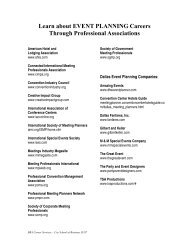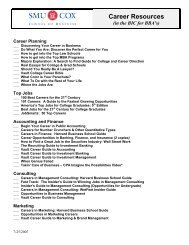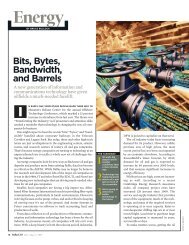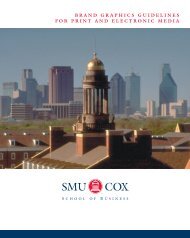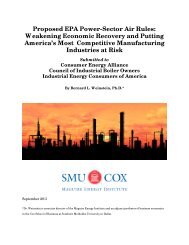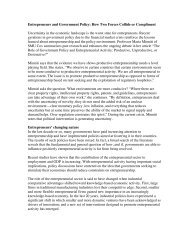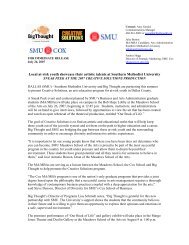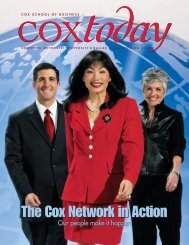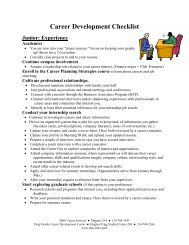Lessons from the Texas Homeowners Insurance Crisis Bob Puelz ...
Lessons from the Texas Homeowners Insurance Crisis Bob Puelz ...
Lessons from the Texas Homeowners Insurance Crisis Bob Puelz ...
Create successful ePaper yourself
Turn your PDF publications into a flip-book with our unique Google optimized e-Paper software.
units that have been classified as vacant or not currently occupied. Higher rates of vacancy are<br />
expected to be related to higher premiums because structures absent inhabitants create additional<br />
uncertainty for insurers and <strong>the</strong> deficiency of a loss control mechanism that exists in owner-<br />
occupied housing.<br />
The variable lnRent is <strong>the</strong> proportion of a county’s occupied housing units that are rented.<br />
Higher proportions of rental housing might be also capturing a wealth effect that creates <strong>the</strong><br />
expectation that lower premiums are associated with lower proportions of renters, or higher<br />
wealth if <strong>the</strong> results would be consistent with <strong>the</strong> Klein and Grace (2001) findings. Crime is a<br />
measure of a county’s crime activity and is measured by considering a crime index, calculated as<br />
<strong>the</strong> total number of crimes per 100,000 of population by county and year. 22 It is expected that<br />
higher crime rate counties will be associated with higher homeowners premiums. Finally, three<br />
o<strong>the</strong>r variables are included in <strong>the</strong> model. lnSize is <strong>the</strong> average size of a household and<br />
lnNonwhite is <strong>the</strong> proportion of a county’s population that is not white; additional controls for<br />
any differences in homeowners insurance pricing that could be due to a county’s socio-economic<br />
conditions not captured by <strong>the</strong> o<strong>the</strong>r variables. The coefficient on Year captures <strong>the</strong> annual rate<br />
of change in premiums per $1,000 of exposure across <strong>the</strong> 1996 through 2001 time period not<br />
attributable to <strong>the</strong> loss perils and o<strong>the</strong>r right-hand side values.<br />
Prior to describing <strong>the</strong> final sample some of <strong>the</strong> estimation issues need to be addressed.<br />
Equation (1) is being applied to a sample of counties, each of which is observed over a six-year<br />
time period, or a panel data set. Fortunately, panel data methods help to overcome prospective<br />
omitted variable bias that might exist because of unobserved effects. 23 An additional<br />
consideration is that <strong>the</strong> <strong>the</strong>ory tested in this paper requires a right-hand side variable (deviation)<br />
22 I am grateful to Lori Kirk at <strong>the</strong> <strong>Texas</strong> Uniform Crime Reporting service for assisting me with <strong>the</strong><br />
collection of <strong>the</strong>se data.<br />
23 See Wooldridge (2002).<br />
17






